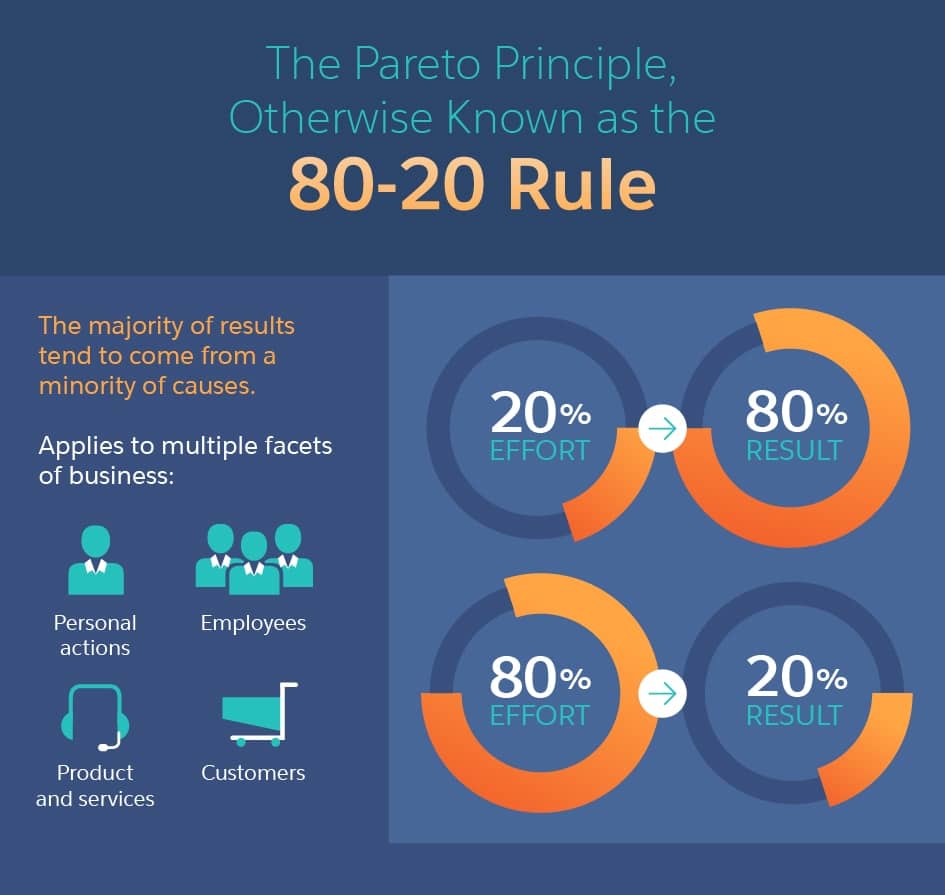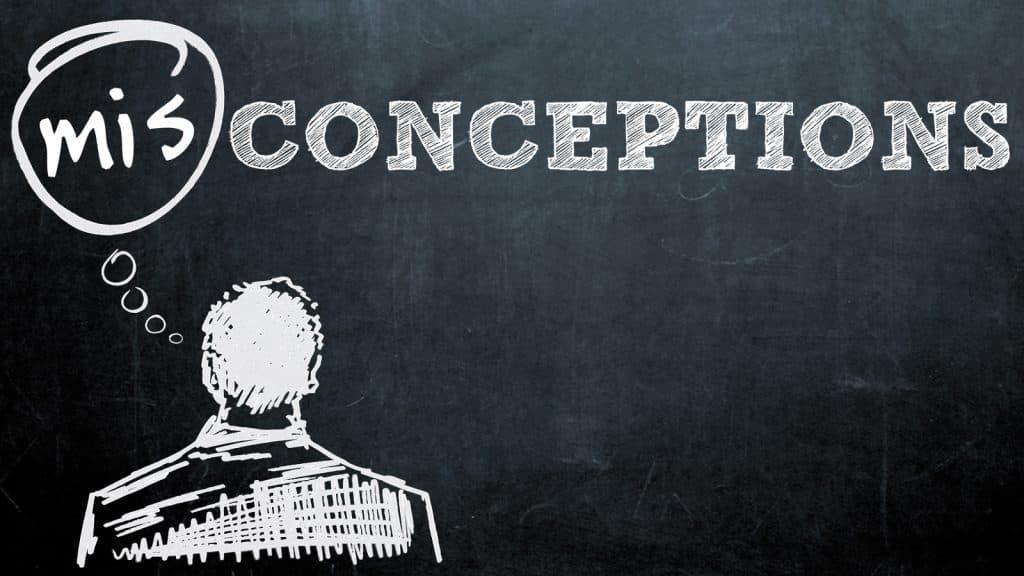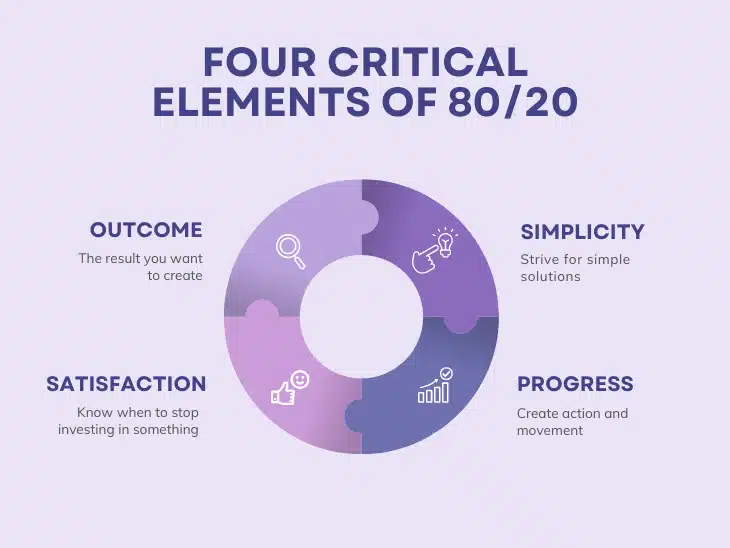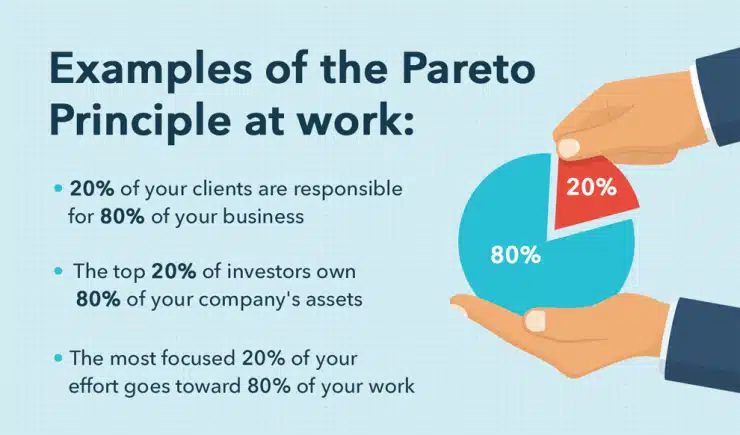Discover the power of the 80/20 Rule, a principle suggesting that 80% of effects come from 20% of causes. This concept, also known as the Pareto Principle, is a common strategy in business, time management, and even personal relationships. By understanding and applying this rule, you can significantly enhance your productivity and focus on what truly matters. Whether in professional settings or personal life, embracing the 80/20 Rule can lead to surprising and transformative results. Dive into the world of efficient cause and effect, and learn how to make this principle work for you.
Contents
Defining The 80/20 Rule

The 80/20 Rule, or Pareto Principle, suggests that a small portion of causes often leads to a majority of effects. Named after economist Vilfredo Pareto, who observed that 80% of Italy’s land was owned by 20% of the population, this principle has since been identified in various domains. Its application extends beyond economics, touching aspects of business, health, and even personal habits. Understanding this rule is pivotal for recognizing and leveraging the areas of highest impact, enabling a strategic focus that maximizes efficiency and effectiveness.
While the principle is often referred to as the “80/20 Rule,” it’s crucial to understand that the actual ratios can vary. The core idea is the consistent imbalance between effort and reward across different scenarios. Identifying these imbalances in your activities or business operations is the first step towards applying the 80/20 Rule effectively. The flexibility of this concept allows for adaptation to a wide range of situations, making it a valuable tool for decision-making and prioritization in both personal and professional contexts.
Applications In Business

In the realm of business, the 80/20 Rule is instrumental for enhancing productivity and strategic focus. Companies often discover that a significant portion of their revenues comes from a relatively small segment of products or customers. By identifying and focusing on these key areas, businesses can allocate resources more effectively, streamline operations, and maximize profitability. This targeted approach improves financial outcomes and enhances customer satisfaction and competitive advantage.
The principle also plays a critical role in customer relationship management and resource allocation. Recognizing that a minority of clients typically contribute to the majority of sales, businesses can tailor their services and marketing strategies to nurture these valuable relationships. Additionally, understanding the 80/20 distribution in resource usage can lead to more efficient operations, as companies focus on the most productive assets and processes. Adopting this mindset allows businesses to remain agile and responsive, continuously adapting to leverage the most impactful elements of their operations.
Applications In Personal Life

Applying the 80/20 Rule in personal life can lead to transformative changes in productivity, satisfaction, and overall well-being. By identifying which activities contribute most to happiness and achievement, individuals can focus their time and energy more effectively. This might involve prioritizing certain relationships, tasks, or hobbies that yield the greatest rewards. Embracing this principle helps in decluttering schedules and minds, leading to a more balanced and fulfilling lifestyle.
The rule is also applicable in personal finance, where a small portion of investments or habits can significantly impact financial health. By focusing on the most effective saving and spending strategies, individuals can optimize their financial growth and stability. Similarly, in time management, recognizing and concentrating on the most impactful tasks can lead to greater efficiency and accomplishment. Adopting the 80/20 Rule in personal life encourages a mindset of continual evaluation and focused effort, steering individuals towards more intentional and rewarding life choices.
Misconceptions And Misapplications

Despite its widespread recognition, the 80/20 Rule is often misunderstood or misapplied, leading to misconceptions about its utility and scope. It’s essential to recognize that the rule is an observational principle rather than a strict formula. The exact ratios can vary widely, and not every situation will fit perfectly into an 80/20 distribution. Understanding this flexibility is key to applying the rule effectively rather than rigidly adhering to it in every scenario.
Another common misapplication is neglecting the less productive 80%. While focusing on the most impactful 20% is central to the rule’s philosophy, the remaining portion can still hold value and should not be completely ignored. It’s about optimizing, not eliminating. Moreover, a rigid application without consideration of specific circumstances can lead to oversights and missed opportunities. The 80/20 Rule should be used as a guiding principle to inform decisions and strategies rather than a hard-and-fast rule dictating every choice.
Strategies To Implement The 80/20 Rule

Implementing the 80/20 Rule requires a methodical approach to identify the crucial 20% in various contexts. Start by analyzing activities, customers, or investments to determine which small portions yield the most significant results. This might involve data analysis, reflection, or seeking feedback. Once identified, strategies such as focusing on high-value tasks, enhancing relationships with key clients, or investing more in profitable areas can be employed. Consistently applying this rule necessitates a willingness to adapt and possibly shift focus as patterns and outcomes evolve.
With the key areas identified, the next step is gradual and deliberate implementation. Begin by making small changes to concentrate efforts and resources on the impactful 20%. This might mean delegating or discontinuing less productive tasks, reallocating time or capital, or modifying goals to align with newfound insights. Regular review and adjustment are essential, as the dynamic nature of life and business means the specific 20% may change over time. The aim is to cultivate a mindset of continual improvement, focusing on what delivers the most value.
Challenges And Criticisms

While the 80/20 Rule is widely lauded, it’s not without its challenges and criticisms. One common challenge is the misidentification of the critical 20%, which can lead to misplaced efforts and resources. It requires accurate assessment and sometimes a trial-and-error approach to truly understand where the most significant impacts lie. Additionally, the simplicity of the rule might lead individuals or organizations to overlook complex factors that influence outcomes, reducing the effectiveness of their strategies.
Critics also argue that the 80/20 Rule oversimplifies complex systems and relationships, potentially neglecting important elements that don’t fall within the ‘vital few’. There’s a risk of becoming too focused on a small set of factors and missing the broader picture. Furthermore, the dynamic nature of life and business means that what constitutes the 20% can rapidly change, requiring constant vigilance and adaptation. Acknowledging these criticisms and challenges is essential for anyone looking to effectively apply the 80/20 Rule.
Advanced Insights And Adaptations

The 80/20 Rule isn’t static; it evolves and adapts to various fields and complexities. Advanced insights involve understanding how the principle interacts with other systems and patterns, such as network effects in technology or feedback loops in biology. Recognizing these interactions can lead to more sophisticated applications of the rule, allowing for nuanced strategies and solutions. Additionally, as new research and data emerge, the principle can be adapted to incorporate fresh insights, ensuring its continued relevance and effectiveness.
Beyond its traditional applications, the 80/20 Rule can be tailored to address more complex scenarios. This might involve segmenting the 20% further to identify super-contributors or combining the rule with other principles and methods for a more holistic approach. In fields like economics, health, and science, this means continually pushing the boundaries of how the rule is understood and applied. The future of the 80/20 Rule lies in its adaptability and the innovative ways it can be integrated into decision-making processes, whether in personal life, business, or beyond.
Embrace Efficiency With The 80/20 Rule
In embracing the 80/20 Rule, you adopt a mindset of strategic focus and efficiency. This principle is a powerful tool, guiding you to concentrate on what truly matters in various aspects of life and work. Remember, it’s about maximizing outcomes by identifying and leveraging the most impactful elements. Let this understanding drive your decisions and strategies, and continually adapt your approach to embrace the benefits fully. Step into a more productive and focused future by integrating the 80/20 Rule into your life today.


